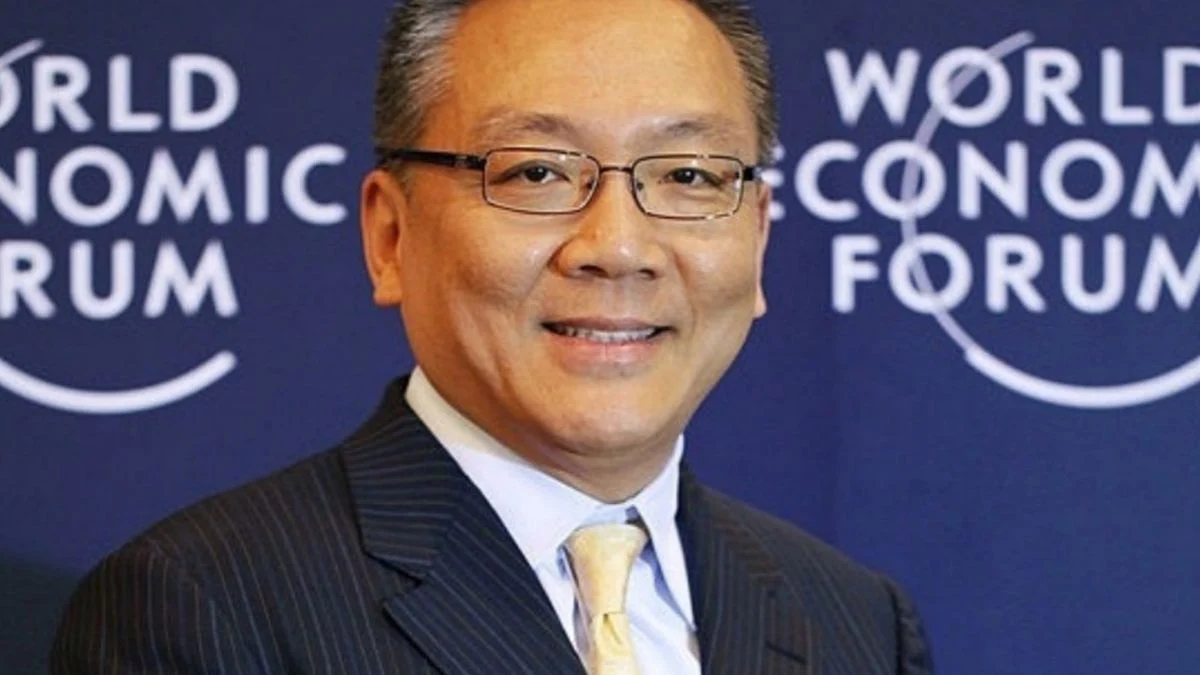Interview
Sehat Sutardja, co-founder of Marvell Technology, is a pioneering figure in the semiconductor industry, known for his groundbreaking work in chip design and efficiency. With decades of experience leading innovations in data storage, connectivity, and infrastructure, he has shaped the digital landscape and continues to inspire the next generation of tech leaders.
Efficiency is everything. Creating chips that do more while using less power has become essential, not just for performance but for environmental sustainability.
Sehat Sutardja

CSA: Sehat, you co-founded Marvell Technology in the 1990s, which grew into one of the leading semiconductor companies globally. What were the biggest challenges you faced in building Marvell, and how did you overcome them?
Sehat: The semiconductor industry is incredibly fast-paced and capital-intensive, so from the start, we had to innovate constantly to stay competitive. One of the biggest challenges was balancing rapid product development with the need to maintain high quality and reliability. We had to build a team that shared our vision for pushing boundaries in chip design while also investing heavily in R&D. Our success came from fostering a culture of resilience and focus on quality. By aligning our team’s efforts with a clear roadmap and maintaining an appetite for bold, forward-thinking solutions, we managed to overcome these challenges.
CSA: Marvell has made significant advancements in areas like data storage, networking, and connectivity. What’s been your guiding principle for innovation?
Sehat: For me, innovation has always been about identifying the biggest problems in technology and finding solutions that others might overlook. The driving force behind Marvell’s advancements was to create products that not only met industry needs but anticipated where those needs would be years down the line. We focused on improving efficiency, lowering power consumption, and increasing processing power because we knew these were essential to supporting the digital world’s growth. Our guiding principle was simple: if we can make something significantly better and more efficient, we’re on the right path.
CSA: You’ve often spoken about the importance of efficiency in chip design. Could you explain why this is so crucial for the future of technology?
Sehat: Efficiency is everything. As our digital demands grow, so does the need for power and processing capacity. But resources—especially energy—are limited. Creating chips that do more while using less power has become essential, not just for performance but for environmental sustainability. When you improve efficiency, you’re enabling everything from longer battery life in mobile devices to the potential for more advanced AI applications. It’s a challenge that requires both creative engineering and a deep understanding of physics, and I believe that efficient technology will define the next wave of digital transformation.
CSA: You’ve seen the semiconductor industry evolve drastically over the years. What trends do you see shaping its future?
Sehat: The industry is on the cusp of several exciting trends. One major shift is the growing demand for AI and machine learning capabilities, which require increasingly sophisticated processors. Another trend is the push toward edge computing—processing data closer to where it’s generated, rather than relying solely on cloud data centers. This has huge implications for the design of semiconductors, as it means building chips that are both powerful and compact. Additionally, the rise of 5G and the IoT will require chips that can handle massive amounts of data quickly and efficiently. The future of semiconductors is about adaptability and creating technology that can evolve alongside the digital ecosystem.
Innovation doesn’t happen by following well-trodden paths—it comes from challenging norms and asking, ‘What if?’
Sehat Sutardja
CSA: What are some qualities you believe are essential for success in the semiconductor industry, especially for aspiring engineers?
Sehat: Resilience and adaptability are crucial. This industry moves fast, and the ability to quickly pivot and learn new skills is essential. I also think creativity is often underrated in engineering. People think of it as a field focused on numbers and equations, but solving complex problems requires an open mind and the ability to think outside traditional frameworks. Curiosity and a willingness to dig deep into challenging issues are also important. And of course, a commitment to quality and precision is everything—one miscalculation in chip design can have enormous repercussions.
CSA: Marvell’s impact is felt worldwide, especially in sectors like data centers and telecommunications. What excites you most about the company’s direction today?
Sehat: What excites me most is Marvell’s commitment to staying on the cutting edge of innovation. We’re constantly looking for ways to redefine what’s possible in data infrastructure, connectivity, and storage solutions. With advancements in 5G, AI, and cloud computing, we’re now tackling challenges that once seemed like science fiction. Marvell’s work today goes beyond individual products—it’s about building the infrastructure for the future. Knowing that we’re helping to shape the backbone of tomorrow’s digital world keeps me motivated and optimistic about what’s to come.
CSA: Finally, if you could offer one piece of advice to the next generation of tech innovators, what would it be?
Sehat: Stay curious and never lose your willingness to experiment. Innovation doesn’t happen by following well-trodden paths—it comes from challenging norms and asking, “What if?” The next generation of technology leaders will need to think bigger and bolder than ever before, especially as we tackle issues like sustainability and data privacy. Embrace risk, learn from failures, and always push for solutions that will benefit society as a whole. That’s how a real, lasting impact is made.




